What Is EVA Foam? Uses, Properties, and Benefits in Packaging
Discover about EVA foam, including its properties, uses, safety, and how it benefits packaging industries like cosmetics, electronics, and e-commerce.
Contact Us now
Table of content
EVA (Ethylene-Vinyl Acetate) foam is widely used across industries for its flexibility, durability, and protective qualities. In packaging, it provides excellent cushioning for sensitive products such as electronics, cosmetics, and luxury items. This article explores the properties, uses, and safety of EVA foam, with a particular focus on its growing importance in packaging solutions across multiple sectors.
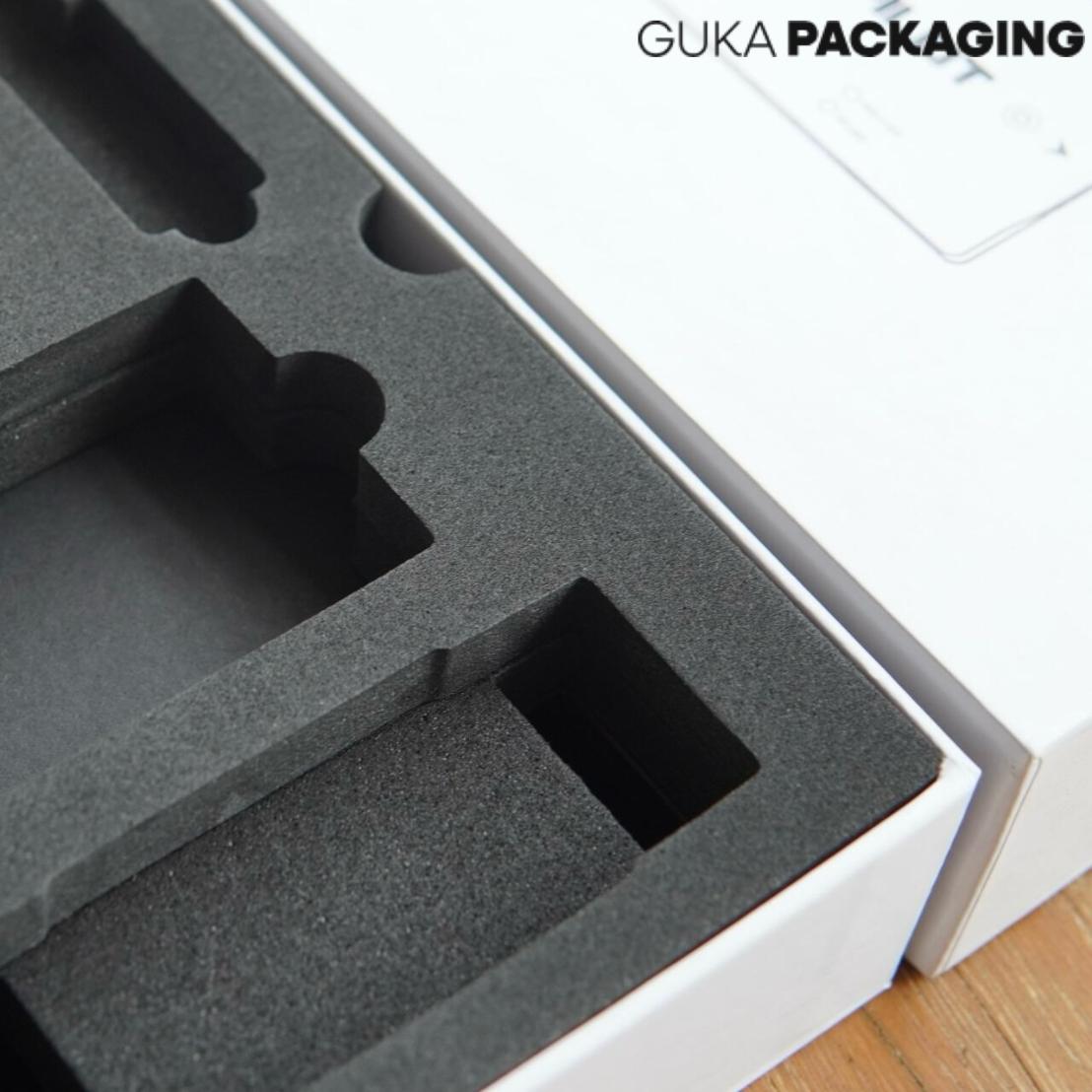
What Is EVA Foam?
EVA foam is a closed-cell material made from a combination of ethylene and vinyl acetate. It’s lightweight, flexible, and durable, making it an ideal material for a variety of applications, particularly in packaging. The foam is created by polymerizing these two components, resulting in a material that is soft yet resilient and able to provide excellent protection.
EVA Foam Meaning: The term "EVA" stands for Ethylene-Vinyl Acetate, which refers to the two key components used to create the foam. The flexibility and durability of this material stem from the balance between these two substances.
What Is EVA Foam Made Of?
EVA foam is produced by combining ethylene and vinyl acetate. Ethylene, derived from petroleum or natural gas, is a common compound in many products, while vinyl acetate helps improve the strength and flexibility of the material. By adjusting the ratio of these two substances, manufacturers can fine-tune the characteristics of EVA foam, making it suitable for different packaging needs.
- Ethylene: Provides the material with flexibility and resistance to wear.
- Vinyl Acetate: Adds strength, allowing EVA foam to handle higher pressures without losing its integrity.
This blend creates a material that is soft enough to cushion fragile products, yet tough enough to provide long-term protection during transit.
How Is EVA Foam Made?
EVA foam is produced through a process called foaming, where ethylene and vinyl acetate are mixed and heated to form a polymer. The mixture is then expanded into foam through either a chemical or mechanical process. This results in a material with a closed-cell structure, providing the foam with its unique properties such as water resistance, cushioning, and durability.
By adjusting the production process, manufacturers can control the density and other properties of EVA foam, allowing it to be customized for various packaging needs.
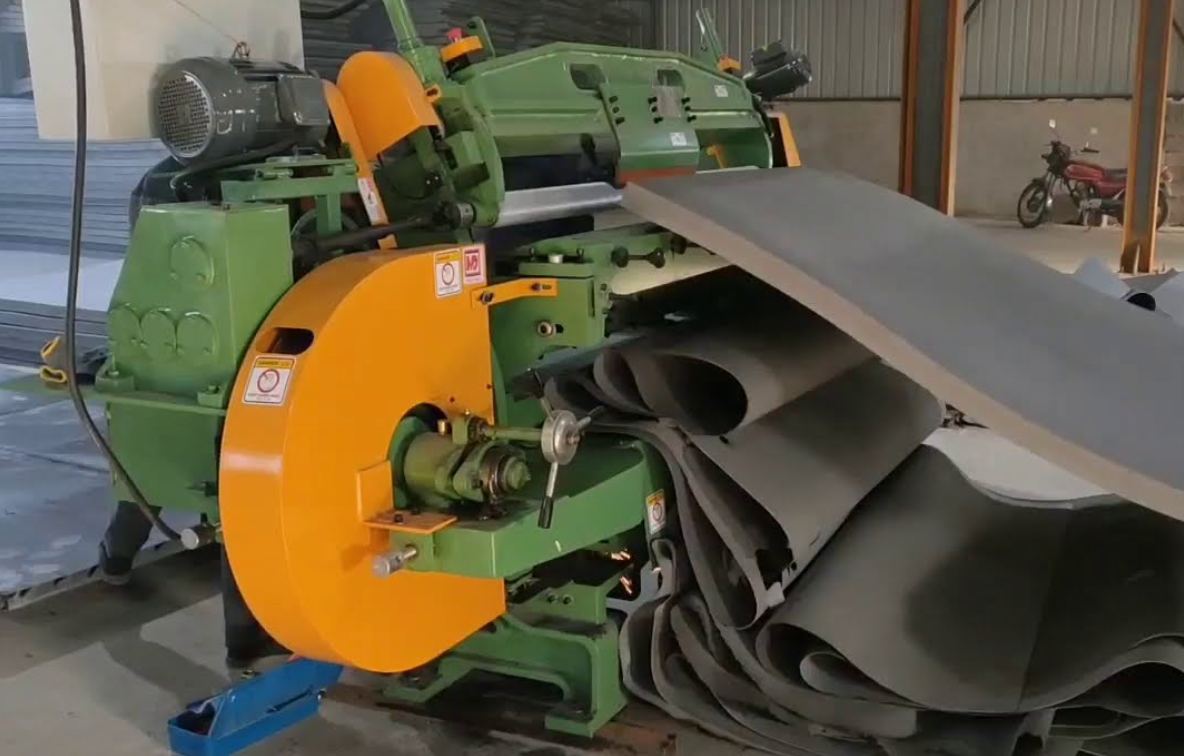
EVA Foam Properties: Why Is It So Popular?
EVA foam’s unique combination of properties makes it a highly desirable material for packaging:
- Durability: EVA foam is highly resistant to wear and tear, making it an ideal material for long-lasting packaging solutions.
- Water Resistance: The closed-cell structure of EVA foam makes it resistant to water, which helps protect products in humid or wet conditions.
- Cushioning: EVA foam excels in providing soft yet supportive cushioning, protecting fragile products like electronics and cosmetics from shock and vibration.
- Customizability: The foam can be produced in different densities, colors, and shapes, allowing businesses to tailor packaging solutions for specific needs.
- Lightweight: EVA foam is significantly lighter than other cushioning materials, which reduces shipping costs and enhances overall product efficiency.
These properties make EVA foam an excellent material for industries such as electronics, healthcare, fashion, and luxury goods, where packaging needs to be both protective and aesthetically appealing.
What Is EVA Foam Used For in Packaging?
EVA foam is used extensively across various industries for its ability to protect sensitive products during shipping and storage. Some of the most common uses include:
1. Protective Packaging for Electronics
EVA foam is widely used in the electronics industry due to its shock-absorbing properties. Whether for smartphones, laptops, or other fragile electronics, EVA foam helps prevent scratches, dents, and damage during shipping. Its resistance to moisture also ensures that products remain safe in varying environmental conditions.
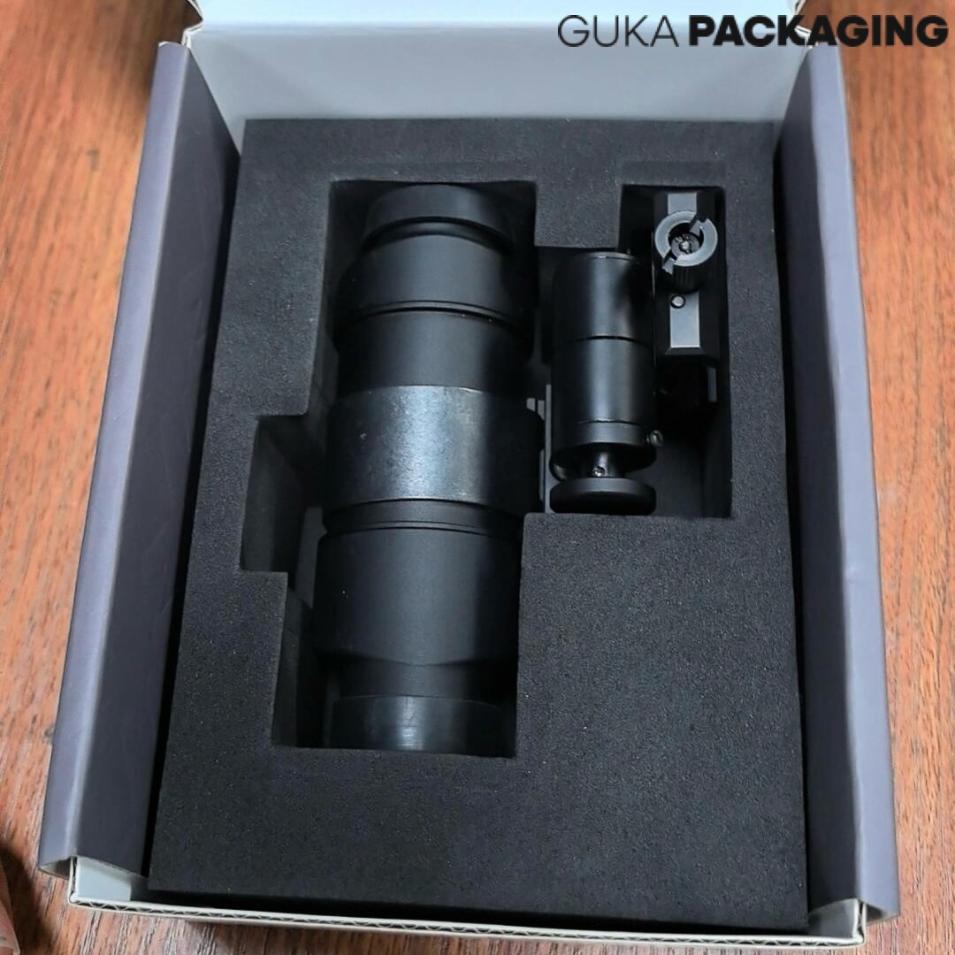
2. Luxury Product Packaging
EVA foam plays an essential role in the packaging of high-end items such as perfumes, jewelry, and cosmetics. It ensures that these fragile items are cushioned securely while maintaining a luxurious presentation. The foam is often used in custom-designed packaging to fit the exact shape of the product, offering both protection and visual appeal.
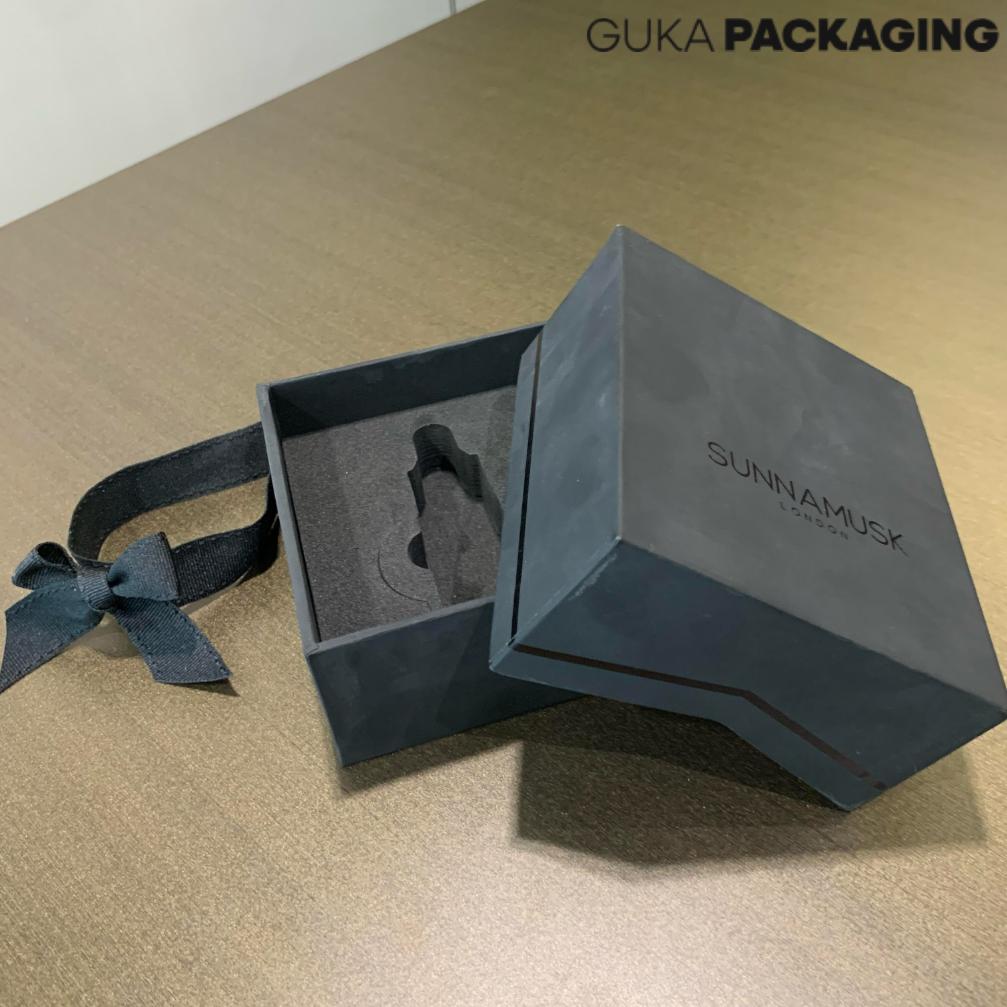
3. Gift and Retail Packaging
For gift packaging and retail products, EVA foam can add an element of sophistication while providing necessary protection. Custom-cut foam inserts are used to secure items in place, preventing damage while enhancing the unboxing experience for the customer.
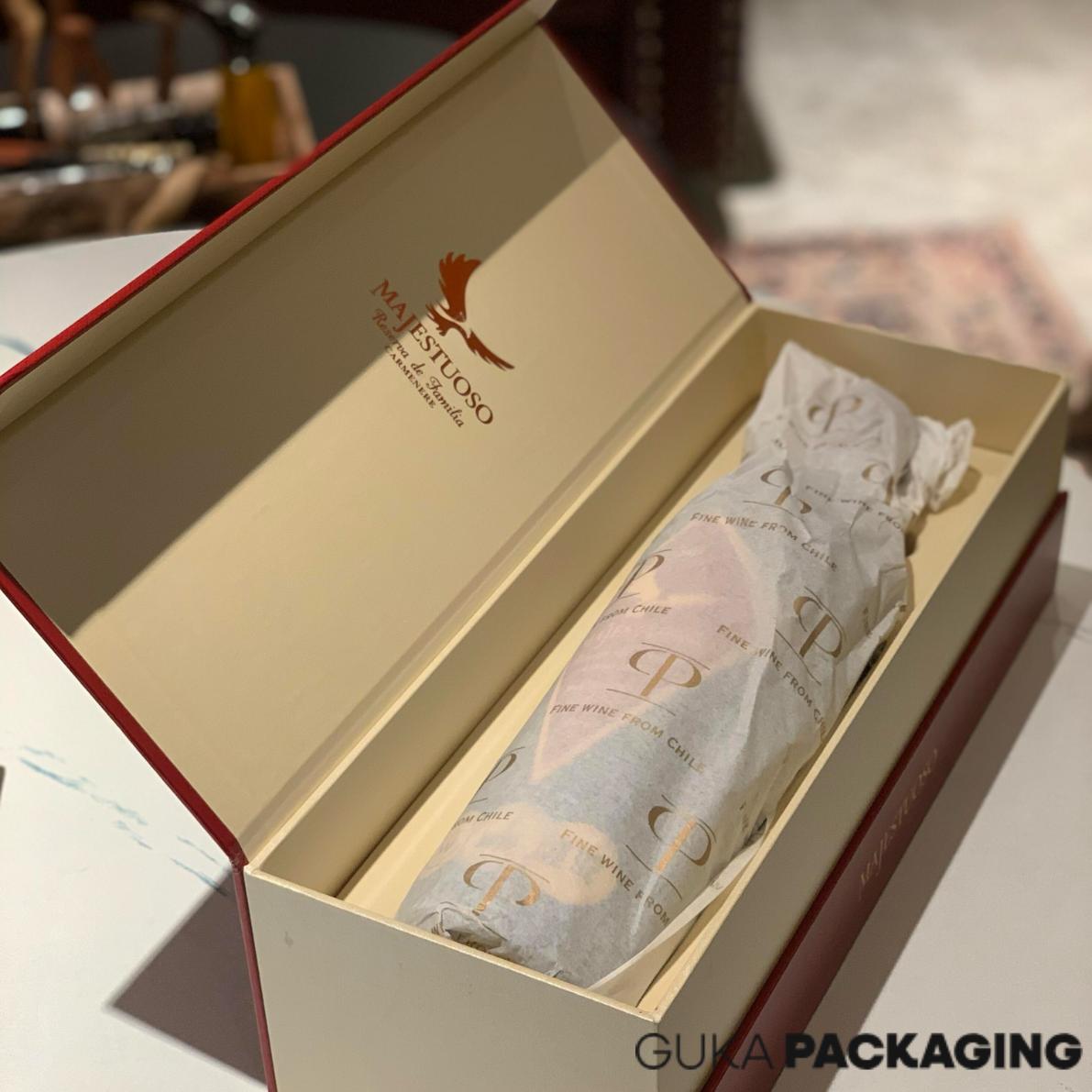
4. Medical and Healthcare Packaging
In the healthcare sector, EVA foam is used to package delicate medical devices, such as syringes, vials, and surgical instruments. Its cushioning properties ensure these items remain intact, even under rough handling or transportation conditions.
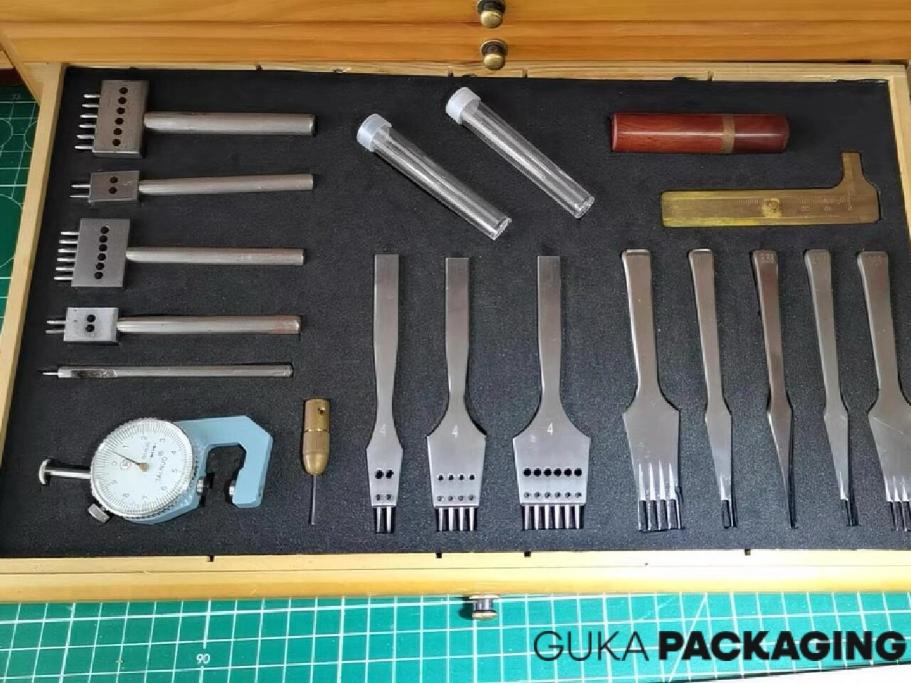
Is EVA Foam Safe for Packaging?
Given its widespread use across various industries, safety is a key concern for businesses considering EVA foam as a packaging material. Fortunately, EVA foam is considered safe for most applications, provided it meets specific standards for non-toxicity and chemical resistance.
- Is EVA Foam Safe for Food?: EVA foam used for food packaging must be food-grade certified. When properly manufactured, it does not release harmful substances into food products, making it a safe choice for packaging edible goods.
- Is EVA Foam Safe for Cosmetics?: Similarly, EVA foam is safe for use in cosmetics packaging. It ensures that cosmetic products, particularly those in glass containers, are safely cushioned and protected from impact.
For these reasons, EVA foam is commonly used across industries that require high standards for product safety, such as the food, cosmetic, and medical industries.
Is EVA Foam Waterproof?
One of the standout features of EVA foam is its water resistance. Due to its closed-cell structure, the material does not absorb water, which makes it ideal for packaging products that may be exposed to moisture during shipping or storage. This property is especially important in industries such as electronics, where water damage can lead to malfunction or deterioration of products.
EVA Foam vs. Other Packaging Materials
When comparing EVA foam to other popular packaging materials, several factors distinguish it as a top choice for businesses. Below is a comparison between EVA foam and two common alternatives—polyethylene foam and polyurethane foam.
As seen from the comparison, EVA foam provides superior cushioning and water resistance compared to polyethylene foam, while being more affordable than polyurethane foam. This balance makes it a versatile and cost-effective choice for businesses.

Why Choose GUKA Packaging for Your EVA Foam Solutions?
EVA foam is a highly effective material for packaging, offering superior cushioning, durability, water resistance, and customizability. As industries continue to seek high-quality, cost-effective packaging solutions, EVA foam remains a top choice for businesses looking to protect their products during transit.
At GUKA Packaging, we offer tailored packaging solutions that meet the specific needs of various industries. Whether you're looking for custom rigid boxes, folding cartons, or EVA foam packaging, our team can help you create solutions that ensure your products are both secure and visually appealing.
Ready to enhance your packaging? Explore our range of custom packaging options today and discover how EVA foam can improve the protection and presentation of your products.
Recommended for you



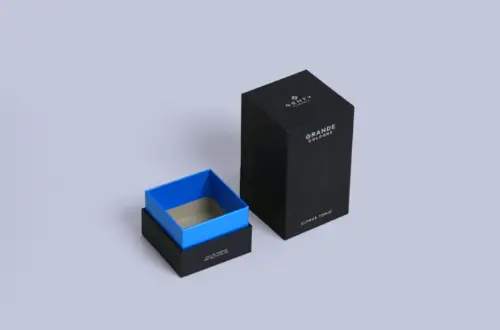



.avif)
.avif)




.avif)
.avif)


.avif)
.avif)
.avif)
.avif)


.avif)
.avif)








